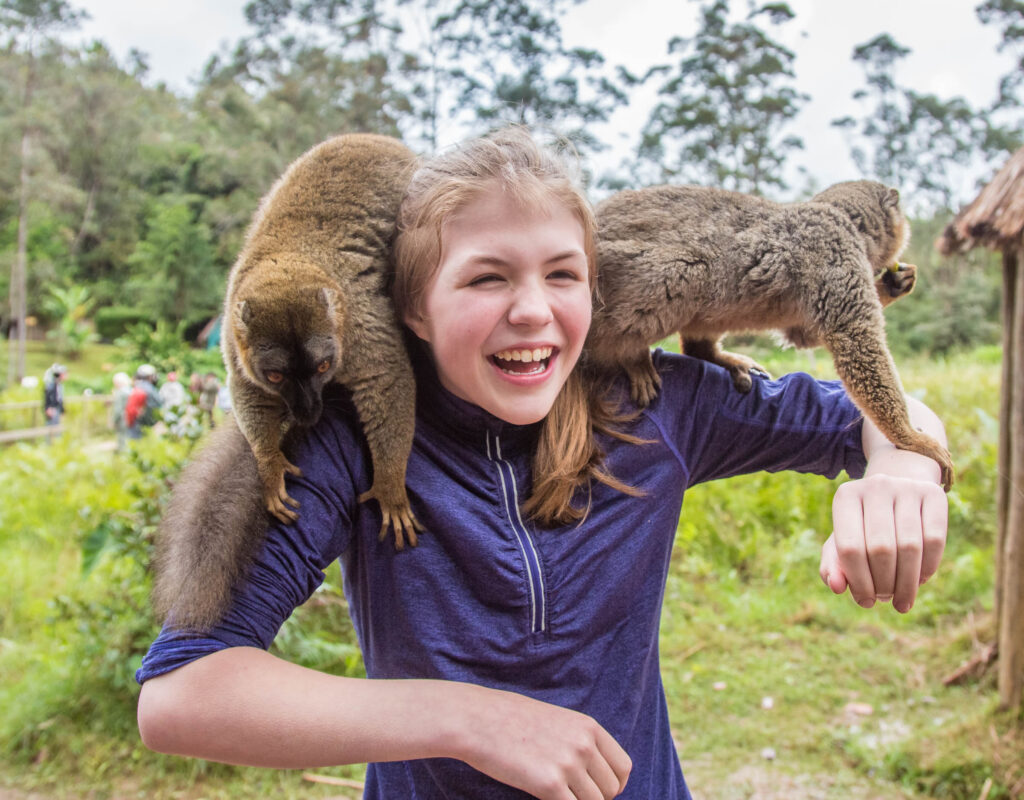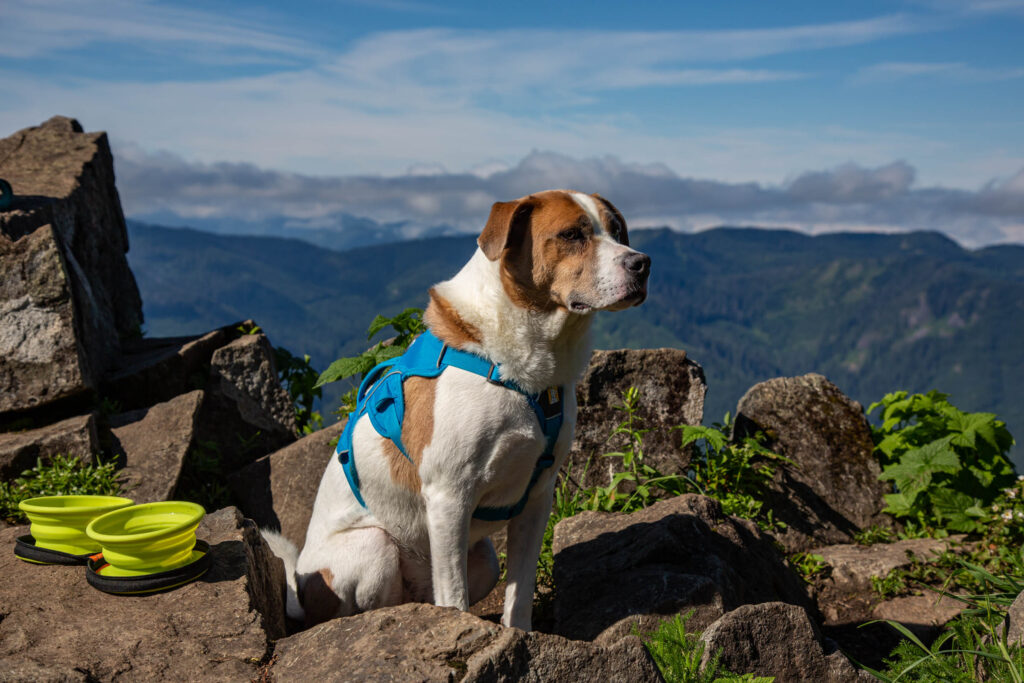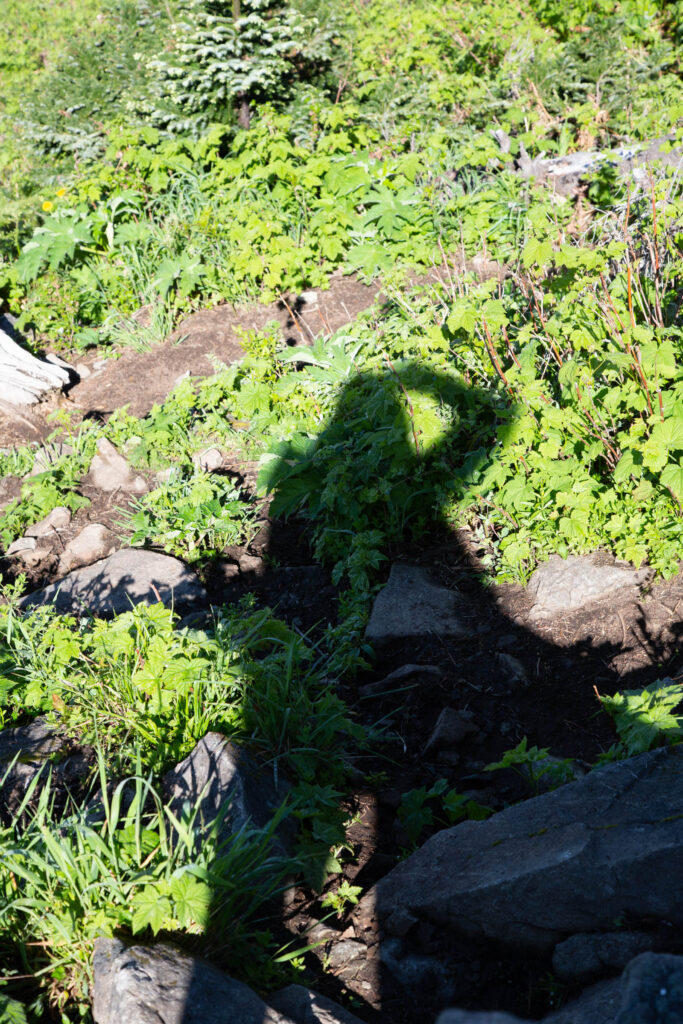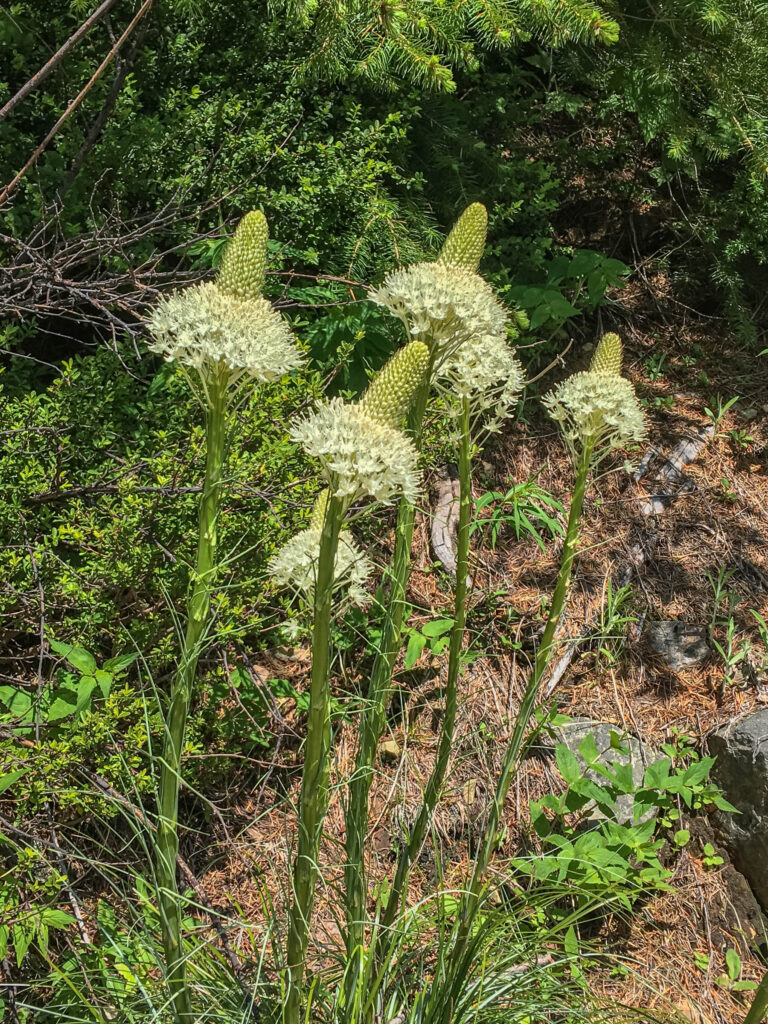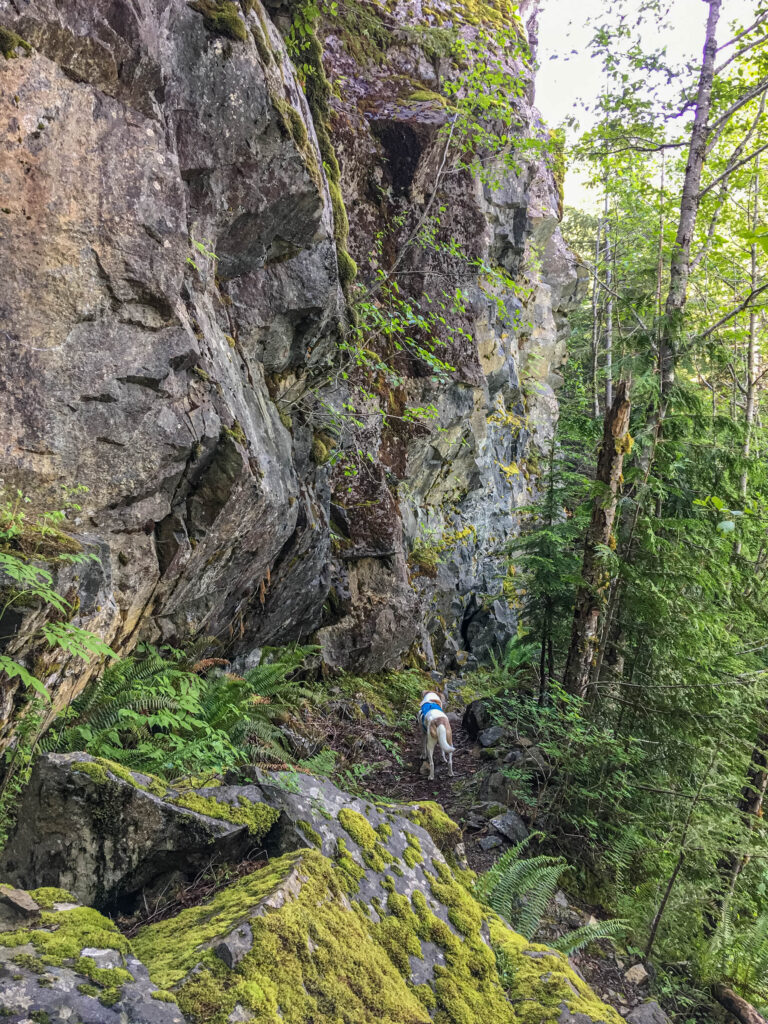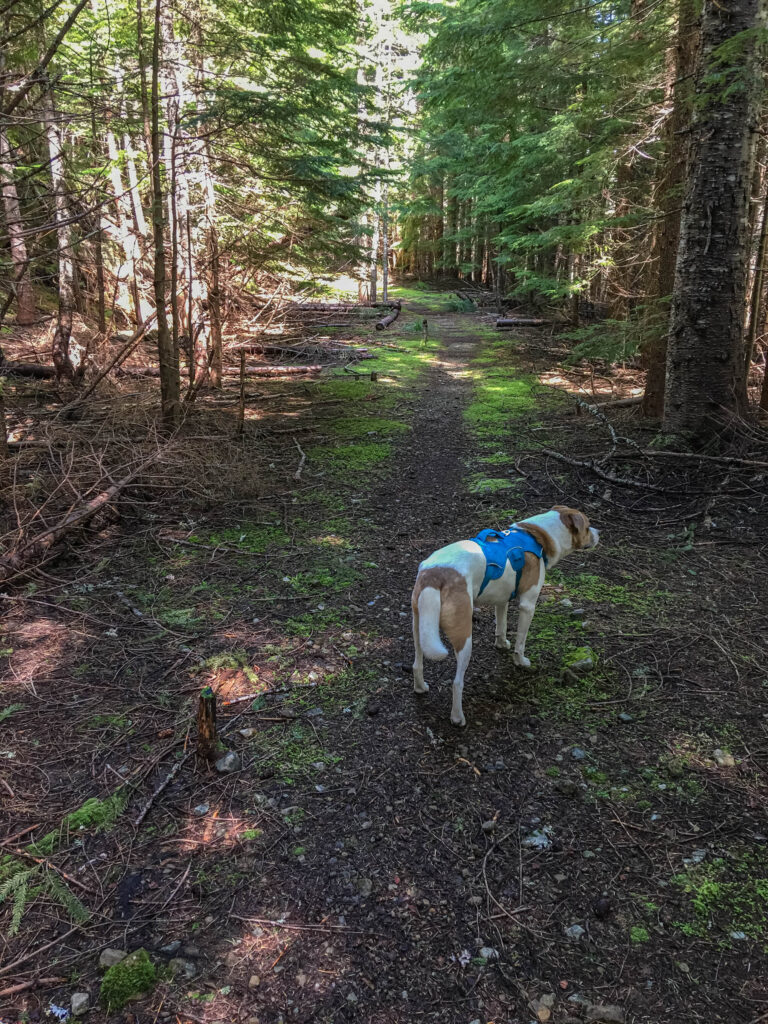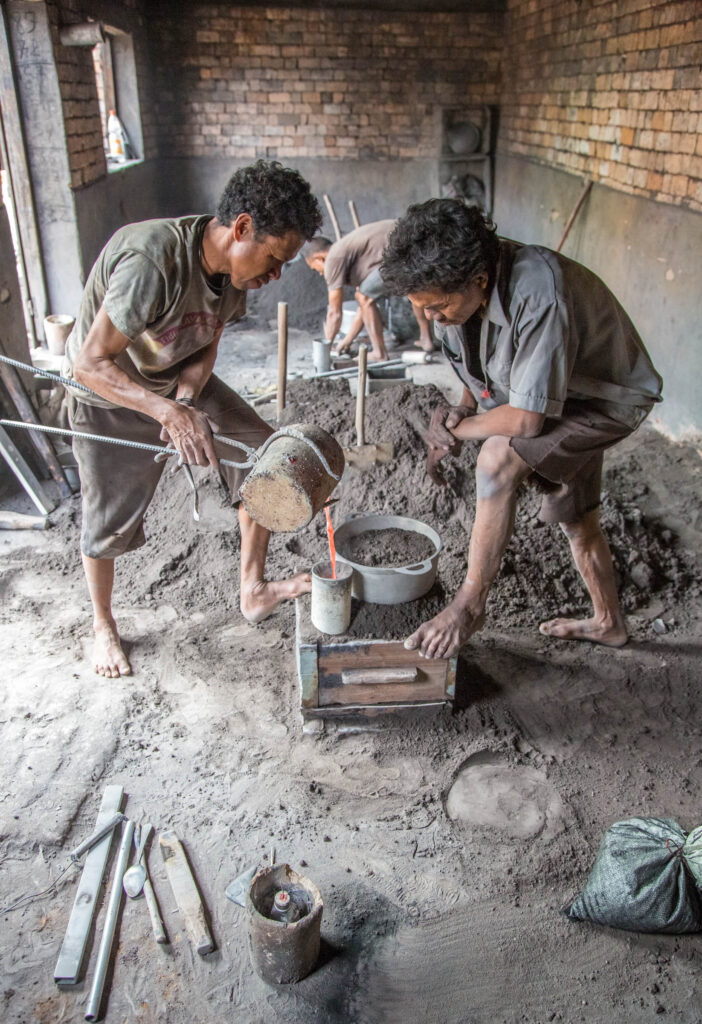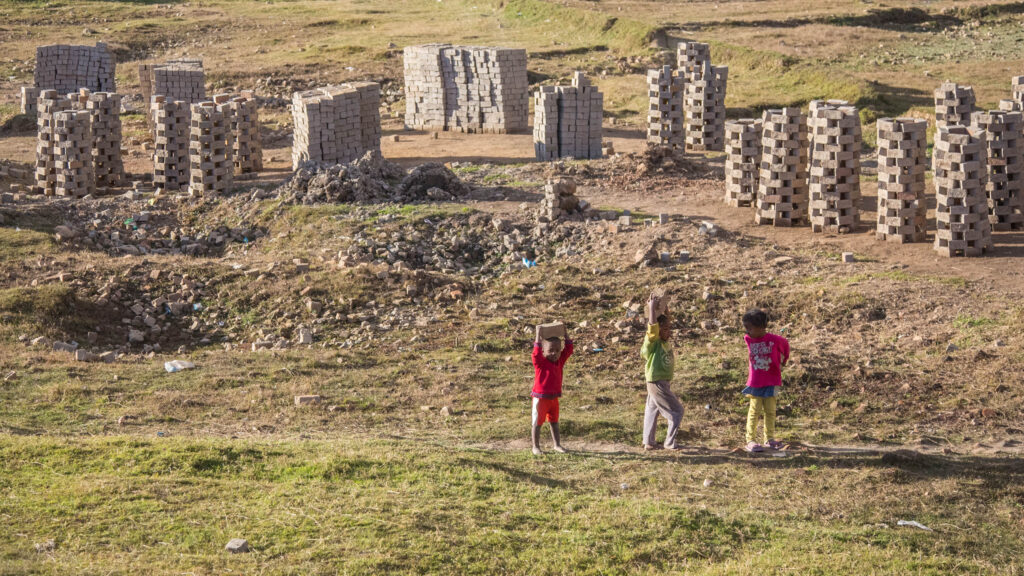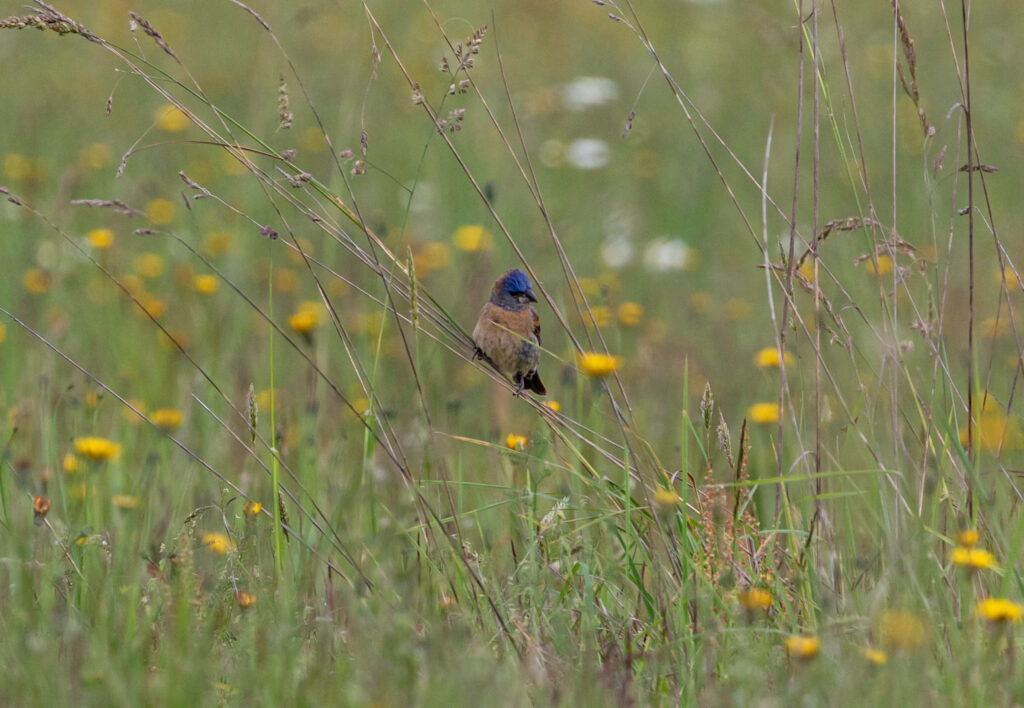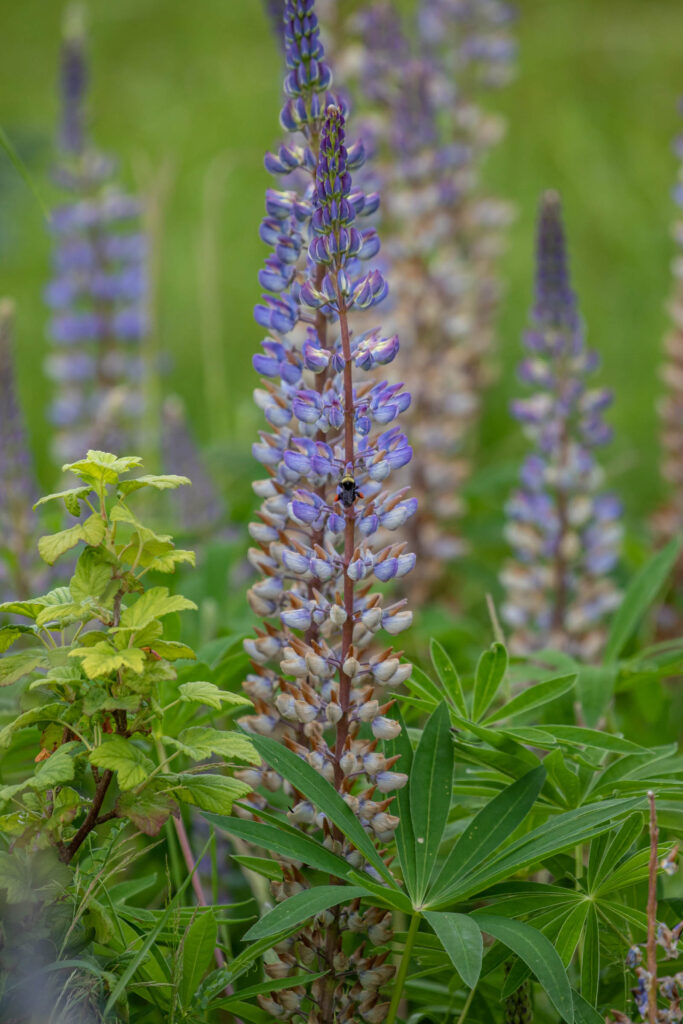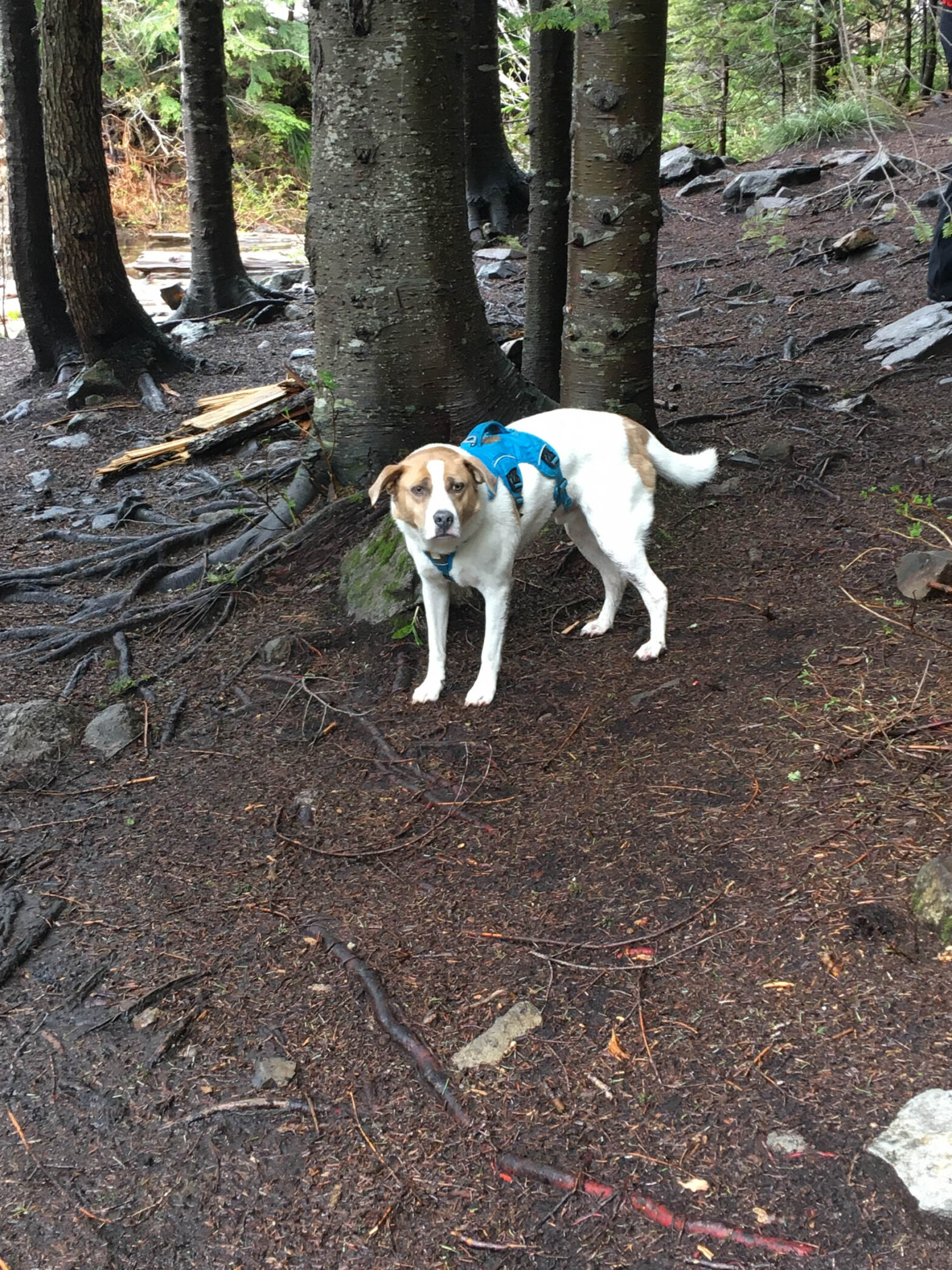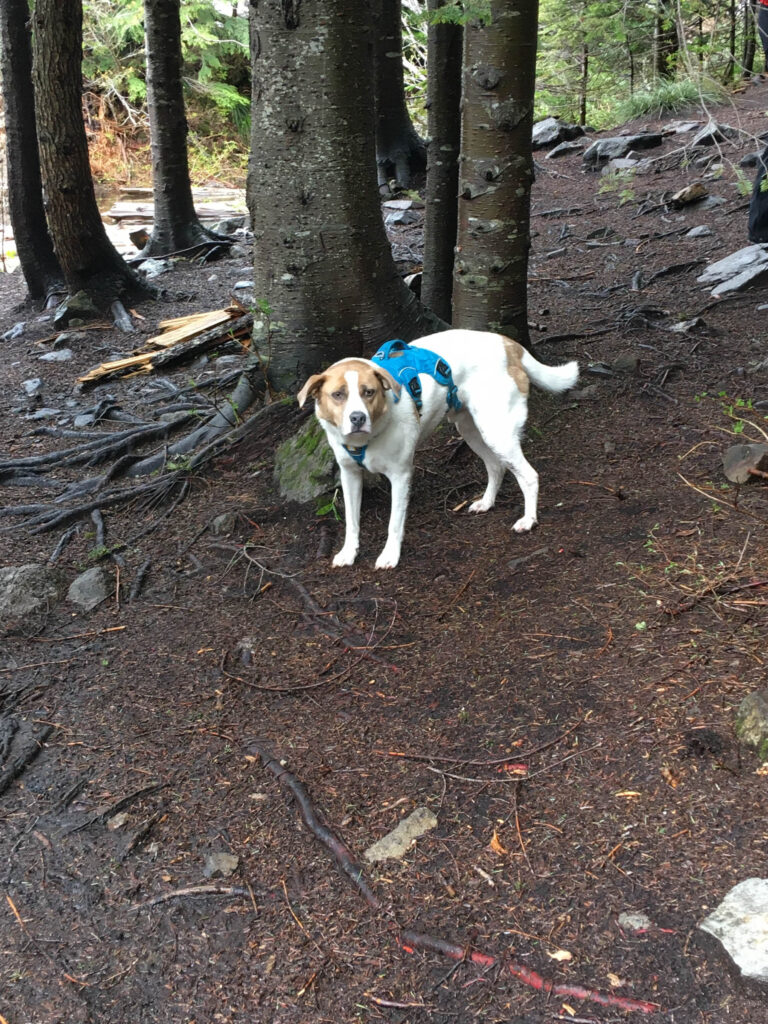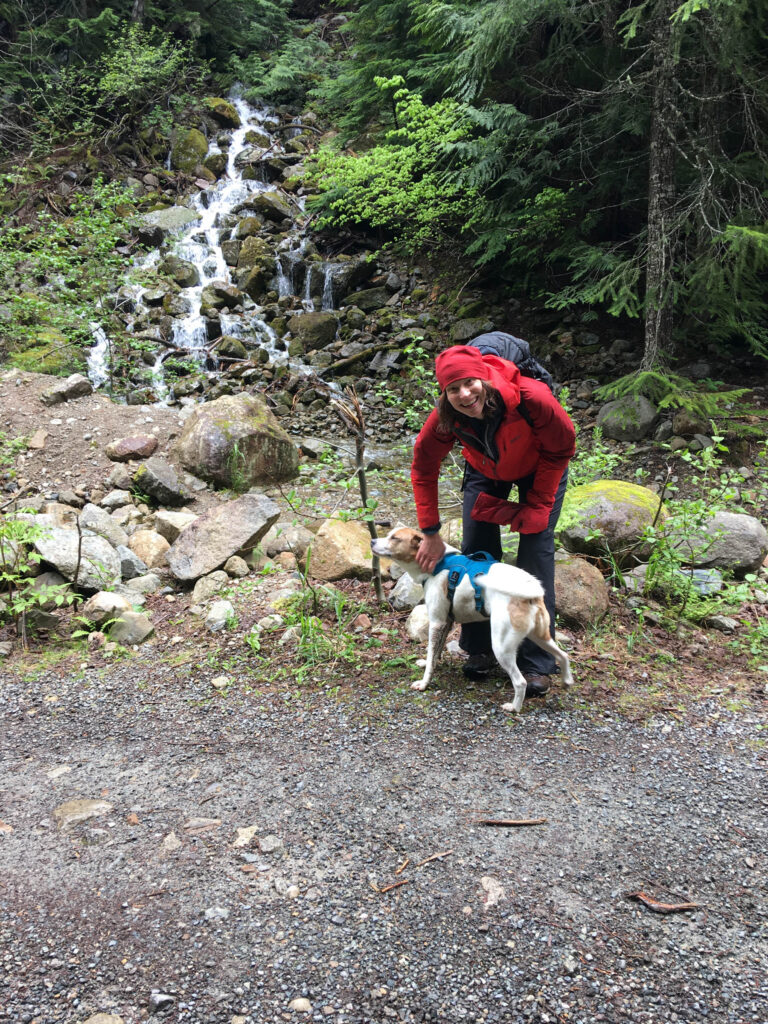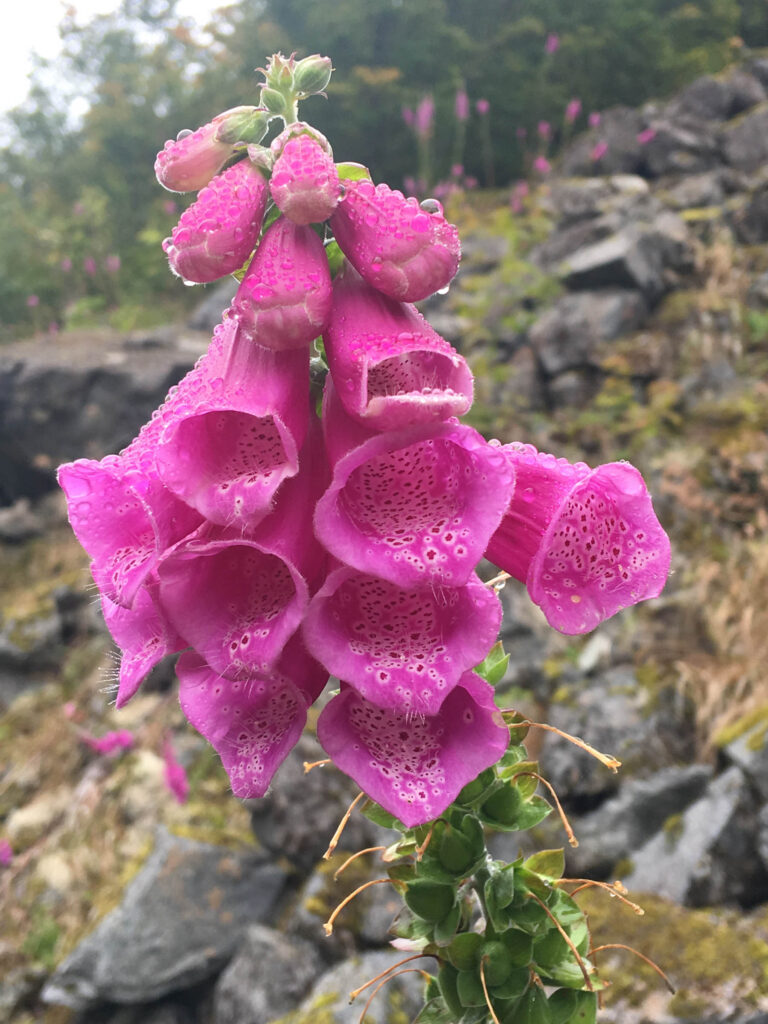In her book, Rising Strong, Brene Brown uses a powerful phrase that resonates as much for me as advice from the Gap and the Gain (see recent blog posts). Brown, a shame researcher, talks about falling down and finding the courage to “rumble” or reset ourselves and get back up again. Anytime we feel exceedingly vulnerable when asking for what we need, she suggests using the phrase: The story I’m telling myself… I have already used her line a number of times in the past few weeks, with positive results.

Brene Brown’s Lake Travis Story
As an example of how this line works, Brown shares a story about swimming in Lake Travis with her husband Steve. In it, she tries several times to connect with him on a deep, spiritual level, without getting the desired response. The fiction she creates is that she’s slow. He doesn’t like how she looks in her Speedo. Or he no longer feels the same connection toward her after years of marriage.
Meanwhile, his own story involves dwelling on a recent nightmare about losing the kids in a boating accident. While he is preoccupied with trying to remain the strong, capable man she wants him to be, she’s trying to connect. When they finally talk about it later, she uses the phrase, “The story I’m telling myself…” It signals that she feels vulnerable and tentative, and may have created a false narrative. They both share their own interpretation of the moment. As a result, they weather the rough spot with greater understanding and appreciation for each other.

A Tool for Reframing Your Story
Brown’s story unlocked something for me. I tend to avoid confrontation. I also realize that I get stuck in black-and-white, all-or-nothing thinking, or even partial truths. Brown’s phrase is empowering. Using it allows me to take ownership of the narrative I’m telling myself and voice it aloud. By sharing it with the other person, I can learn whether my story is close or if I have completely missed the mark.
I’ve used this with my daughter and husband. Each time, I’ve gained more clarity and learned how often the story I’m concocting is partly incorrect. Imagine having one tool that could help us clear up misunderstandings. This reframing phrase is becoming that tool.

An Example of Rising Strong
As an illustration, one of the opportunities I had to use the phrase revolves around my expectations. I expect when I make an appointment, the person will be ready for me. Last week that didn’t happen. The story I told myself was that I didn’t matter, that I was “less important” than whatever else was going on. Or worse, I was simply forgotten.
On using the line with myself and digging deeper with self-compassion and an openness to learning, I realized not only was I wrong, but the problem was NOT between the two of us, but steeped in technology. My phone has had issues sending and receiving texts. Since the other person texts almost exclusively, we kept missing each other. The new, true story was “My technology needs updating.” That immediately led to owning and discussing the problem, apologizing, finding a better way to confirm appointments, backing up data on my old phone, and ordering a new one. We both experienced a win-win and kept our relationship intact.

What Resources Have Helped You?
We have explored a number of tools for change in the past six months, including KISAGE (keeping it simple and good enough), focusing on the GAIN rather than the GAP, and finding joy everywhere.
If you have found it helpful to learn about resources we’ve shared that energize, educate, or shift something within you, please comment below. Better yet, if you know of books or websites that have helped YOU on your journey through change, I would love to hear about them. Perhaps one will be featured and discussed in upcoming posts.

Rising Strong into Year Two
I am gearing up for a second year of blog posts (Yo.u know who you are — thanks for your encouragement!) What resonates most with you? My ideas going forward include advice from author and life coach Tama Kieves. Precision Nutrition takeaway tips. Kristin Neff on Self-Compassion. Brene Brown’s many books. And of course, I’ll continue to share adventures with Ajax.
Rise strong with me into year two. Do you know of others who could benefit from the tips in this blog? Help me grow my subscriber list by forwarding it!
